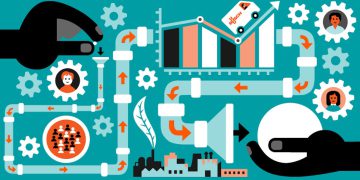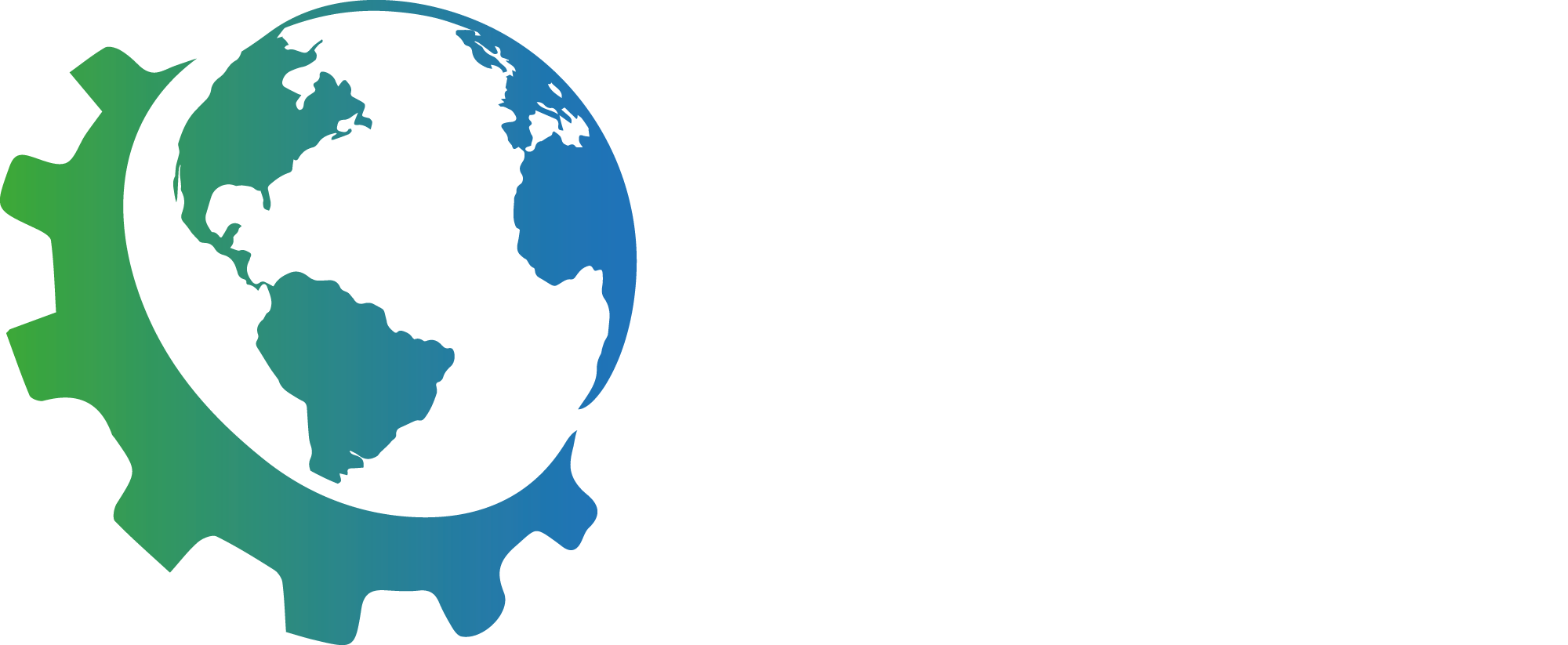München Klinik Bogenhausen is of supraregional importance and is one of the largest hospitals in the state capital. As part of a modernization and extension project, the hospital is being equipped with a state-of-the-art operating theater and offers more than 1,000 beds. In the course of the modernization, the drainage of rainwater was also redesigned.
Cleaning rainwater from heavily polluted areas
Around 3,400 m² of sealed and in some cases heavily polluted traffic areas, including a helipad, as well as almost 4,000 m² of roof surfaces have to be drained. The rainwater runoff is returned to the natural water cycle of the groundwater via infiltration trenches. Before being discharged into the ground, the water must be cleaned and pollutants removed.
Sinking shafts make subsequent installation of the filter system necessary
Projects of this magnitude require complex planning. In this case, it had to be taken into account that the subsoil for the infiltration consists largely of Isar gravel. As a result, it was unclear for a long time whether the concrete shafts for stormwater treatment plants could be placed as standard. It was decided to use sinking shafts, which are placed piece by piece into the subsoil without allowing the surrounding loose soil with Isar gravel to slide down. Usually, water treatment plants are brought completely into the ground with the shaft. This is not possible when sinking. Therefore, the decision was made to use the 3P Hydrosystem for the water treatment. The unique feature of this system is that the entire filter unit can easily be subsequently inserted into the shaft that has already been sunk into the ground.
Sedimentation, filtration, adsorption and chemical precipitation
In terms of purification technology, the plant was divided as a hydrosystem quintuple plant and a twin plant. The system combines sedimentation processes with a filtration stage. Thus, the rainwater is purified by sedimentation, adsorption, filtration and chemical precipitation. A hydrodynamic separator causes sedimentation of solids in a radial flow regime characterized by secondary flows. As a result, solids enter a flow-calmed sludge trap located below the separator hopper.
Four filter elements are arranged above the separator chamber. The water is passed through in an upflow process. The filters remove pollutants such as heavy metals, petroleum hydrocarbons and polycyclic aromatic hydrocarbons from the stormwater. Nutrients such as phosphates are also bound. The quality of the purified water is so high that it can be discharged directly into infiltration or any other receiving water. In addition, a pure sedimentation plant 3P Hydroshark of the dimension DN 1,500 was used for the purification of runoff from less polluted areas.
Minimum space requirement due to installation under traffic areas
The 3P Technik Hydrosystem plants do not require any additional space on the property or in the road space, as they can be installed under the traffic surface. They are suitable for stormwater runoff from all surfaces such as roofs, traffic areas or industrial sites. The cleaning performance is designed to reliably meet the requirements of Code of Practice DWA‑M 153, Worksheet DWA‑A 102 and the NRW Separation Decree.

















